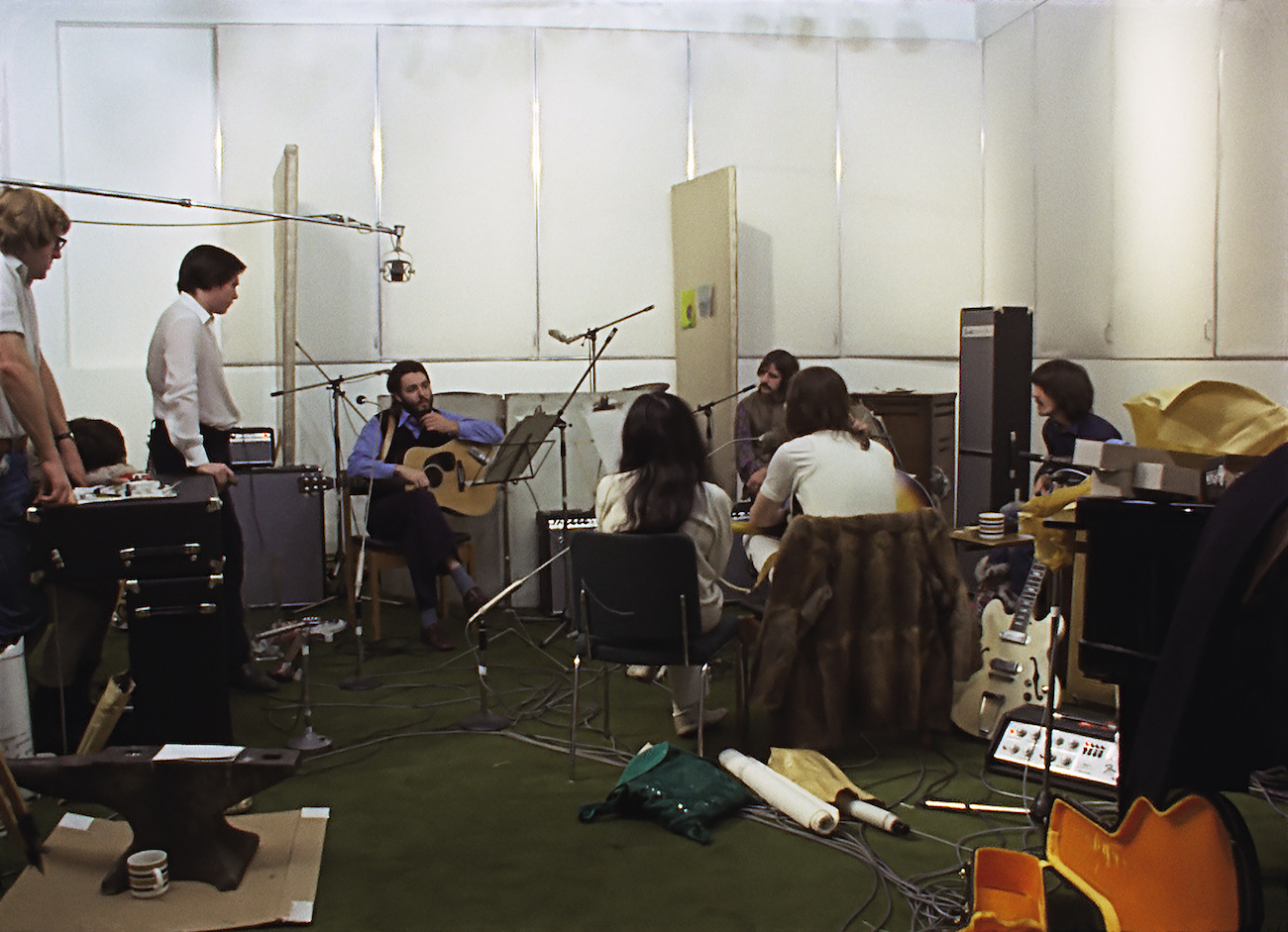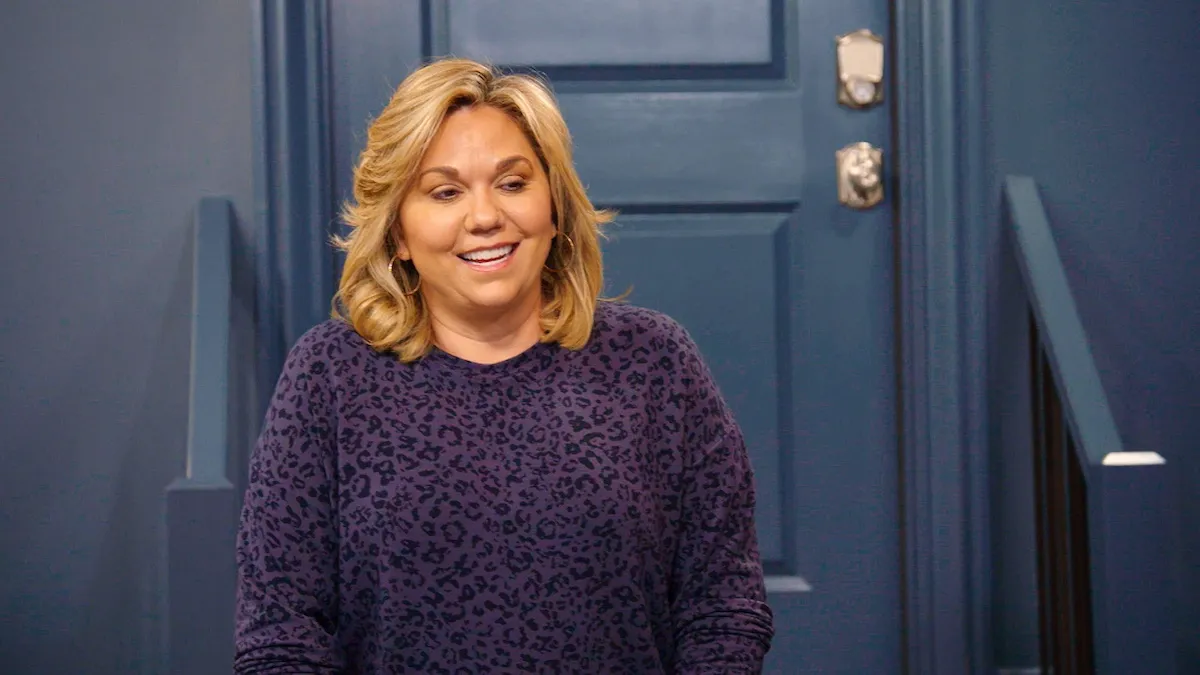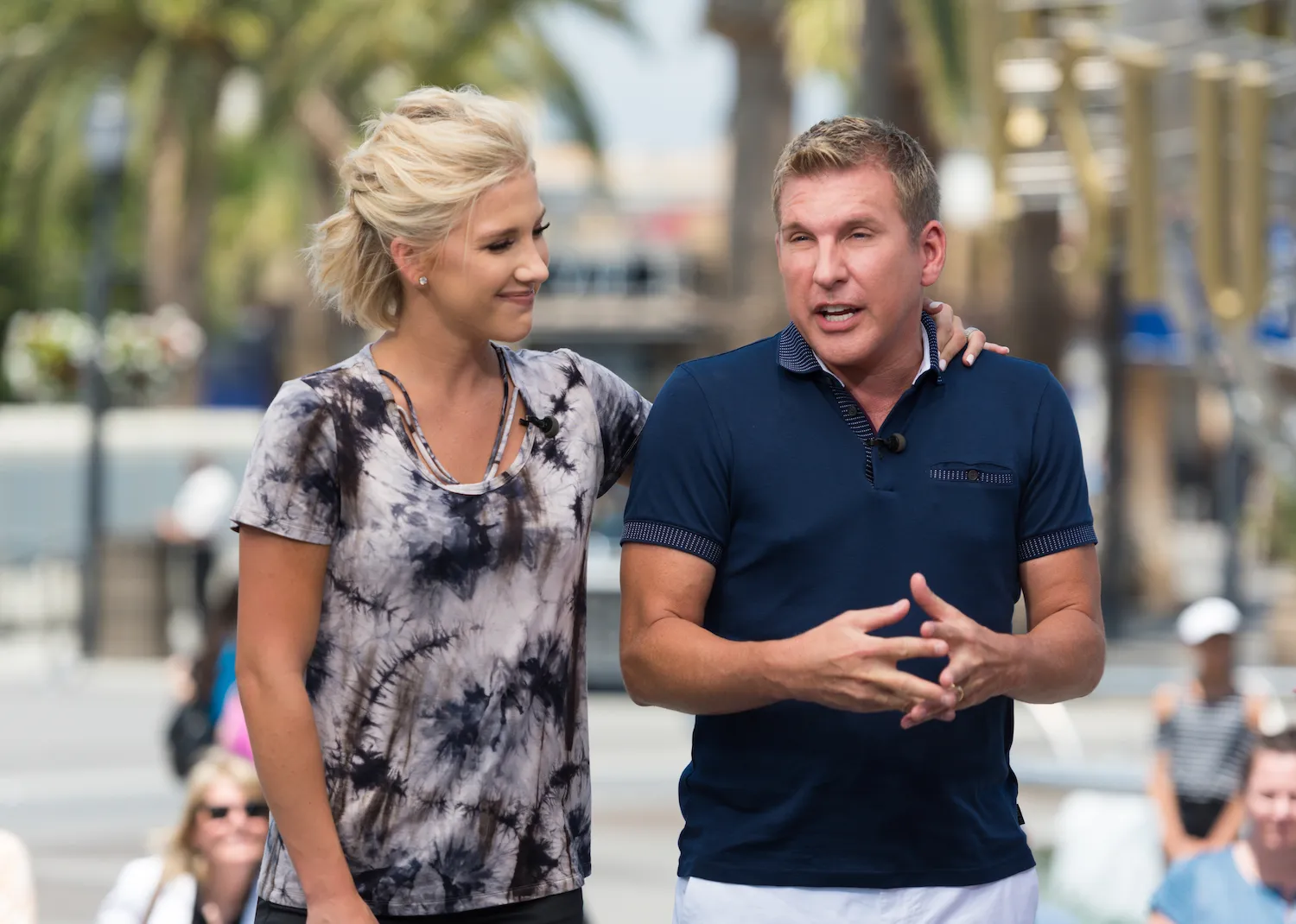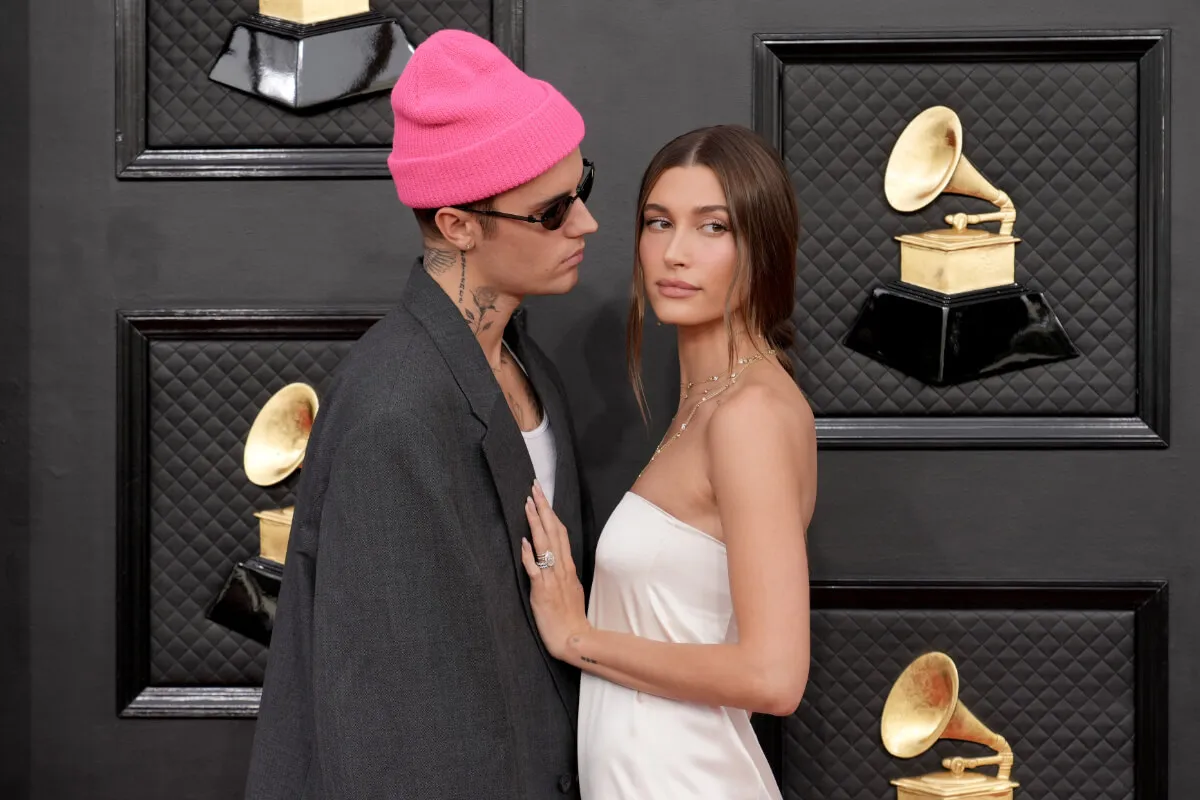5 of the Biggest Surprises in Peter Jackson’s ‘The Beatles: Get Back’
Over the last couple of days, fans have seen a different side to The Beatles and learned so much than they ever expected. However, after watching all three parts, totaling over six hours of unseen footage, there’s a lot to digest. So we went back and chose five of the most surprising things we learned in the documentary to refresh everyone’s memory.

5. Michael Lindsay-Hogg wanted The Beatles to perform in Africa
At the beginning of Part 1, Michael Lindsay-Hogg, the original director of the Let It Be documentary, tried to convince the band to do their proposed TV special in Africa. But Ringo Starr and George Harrison didn’t want to go abroad.
Filming it at Twickenham Studios, where they were rehearsing, seemed too easy, though. Lindsay-Hogg wanted a grand finale just like Paul McCartney. He tried to convince The Beatles to get a crowd of their fans to an amphitheater in Sabratha, Africa. Then, Paul came up with the idea of giving some fans tickets to a boat ride that would take them their.
But George Harrison said that idea was “insane.” So, Lindsay-Hogg gave more suggestions. The band could perform at a hospital that wasn’t full of really sick children, just children with broken legs or something, or maybe an orphanage.
The Beatles didn’t like any of those ideas, and the plan for the TV special remained hanging in the balance. They had bigger problems anyway.
4. George Harrison abruptly exited The Beatles
Fans know that George quit during the recording sessions for Let It Be. Those who’ve seen Lindsay-Hogg’s original documentary, know all about George’s row with Paul over the arrangement of “Two Of Us.”
“I always feel as though I’m trying to put you down and stop you playing. But I’m not. I’m trying to stop us all playing until we know what we’re playing,” Paul said to George. “But you’ve got to play in order to find which fits and which doesn’t,” George replied.
“I never get any support or anything,” Paul said. “I’m not trying to get you.” George replied, “I’ll play anything you want me to play. Or I won’t play at all if you don’t want me to play. Now, whatever it is that will please you, I’ll do it.”
After that, George unexpectedly quit after being ostracized for most of the sessions. “I think I’ll be leaving the band now,” he said. “When?” John Lennon replied. “Now. Get a replacement. Write into the NME and get a few people,” George said. He told the group he’d see them “’round the clubs.”
Later, the band met with George, but the meeting proved disastrous.
3. John Lennon and Paul McCartney had a secret conversation
The day after George quit, John and Paul had a private conversation that Lindsay-Hogg secretly recorded. It was one of the most shockingly candid conversations we’ve ever heard between the songwriting duo. John mainly took George’s side too. He said it was unfair that he and Paul had continued to treat George the way they had.
John also revealed one of his biggest regrets. “Now, the only regret about the past numbers is when, because I’ve been so frightened, I’ve allowed you to take it somewhere where I didn’t want,” John said. “And then, that my only chance was to let George take over or interest George in it. If you give me your suggestions, let me reject them and pinch the one I like is where my writing side is. Same goes for the arranging ’cause there was a period where none of us could actually say anything about your arrangements ’cause you would reject it all.”
John didn’t blame Paul for everything. However, they needed to talk to George again. When they did, their meeting was more productive than the first. George agreed to return if they left Twickenham Studios. So, The Beatles moved to Apple Studios.
2. Billy Preston brought joy back into the band
Once they started recording at Apple Studios, the attitude in the band changed almost immediately. They started jamming out, having fun, and they got things done. But the real catalyst for their positive attitude was keyboardist Billy Preston.
Preston had met The Beatles when they both toured Hamburg, Germany in the early 1960s. However, the keyboardist suddenly found himself accompanying the band in the recording studio after making a few TV appearances. When he came to visit the band in the studio, they needed a keyboard player because they wanted the album recorded live.
So, The Beatles asked Preston to fill in, and he agreed. There was a distinguishable change in the way the band started working after that. Preston had an infectious smile and his expert playing added something the band definitely needed.
1. The Beatles got 30 noise complaints in 30 minutes yet they didn’t get arrested during their rooftop performance
When it came to the grand finale, their rooftop performance, no one knew what was going to happen. After everything was set up, Lindsay-Hogg had to convince the band to go on because they were still uncertain about it.
Thankfully, The Beatles got their last chance to perform with each other. However, the famous performance wasn’t without its problems. The band first played “Get Back,” and then “Don’t Let Me Down.” Halfway through the latter, the cops showed up at Apple. Lindsay-Hogg bugged the reception area and we got to hear everything they said.
Apparently, the police had received 30 noise complaints in the space of just 30 minutes. If The Beatles didn’t turn down the volume, they’d have to make arrests. But when they got to the roof, they didn’t shut it down immediately. They let the band continue for a bit. No arrests were made.
Bottom line: Jackson’s incredibly long, yet extremely interesting and exciting three-part documentary showed us a side of The Beatles that even the most dedicated fans haven’t seen before. The Beatles: Get Back might have been long, but it’s only piqued our curiosity about the remaining unseen tapes even more.


